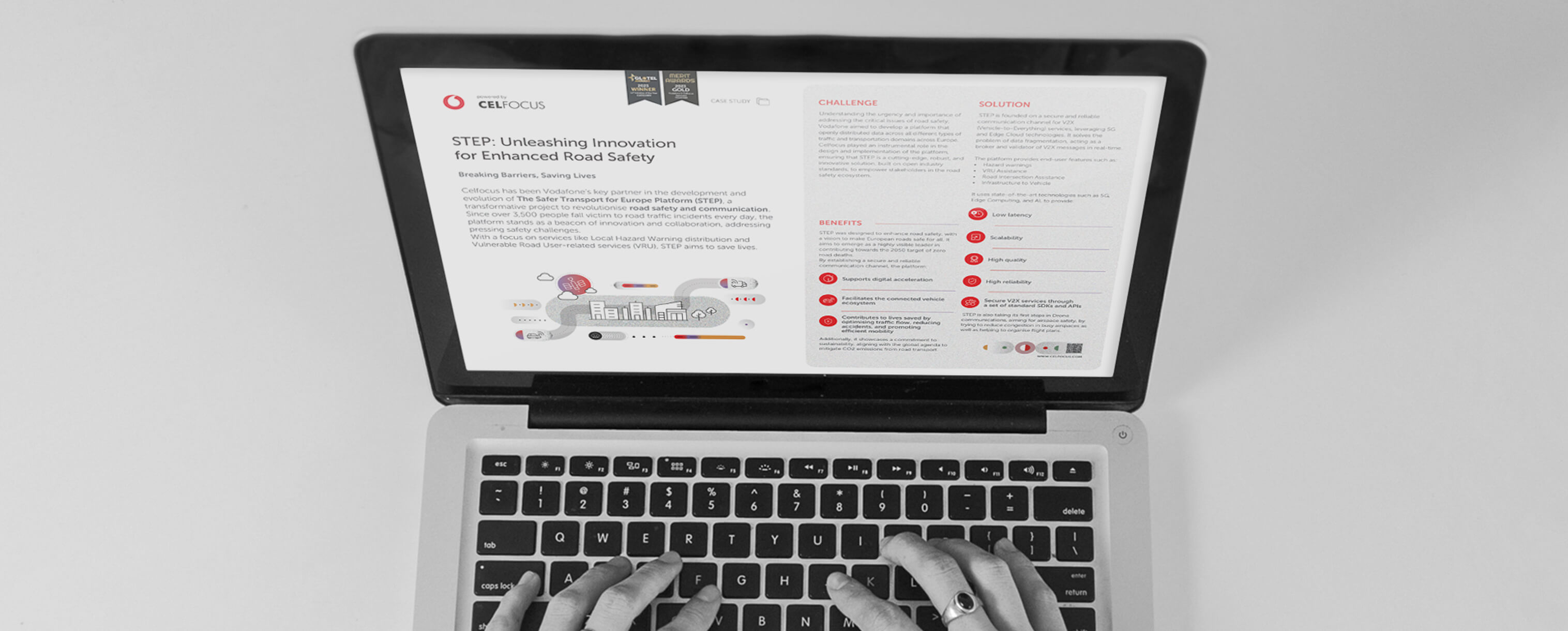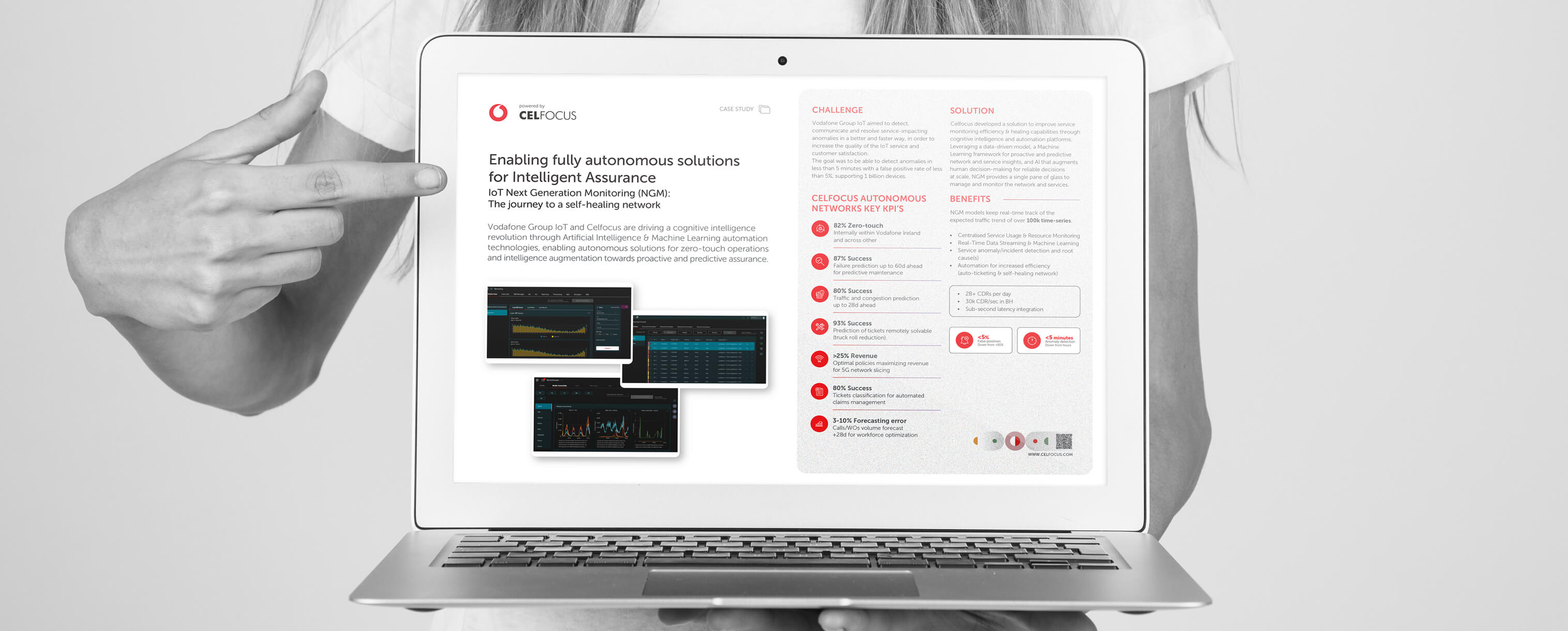|---Module:text|Size:Small---|
In this scenario, identifying viable business models that create meaningful revenue streams is a top priority. That’s where B2B2X comes in.
B2B2X… what?
It may seem complicated at first, but the idea behind this tongue-twister is simple. B2B2X is a growing business model where multiple parties (the Bs) create and deliver new services for any type of end-customer (the X), be they enterprises or consumers. Either way, it is the blend of ‘the Bs’ that adds value and enhances the offer to the chosen customer base.
It is also important to state that the complexity of the value chains within B2B2X models requires more openness and flexibility from party providers. Why? Because any provider could be the first or second ‘B’ in the B2B2X acronym.
|---Module:text|Size:Small---|
A big opportunity for CSPs
The B2B2X concept is not entirely new since it has been implemented by several companies and industries over time – they just didn’t have an official name to label it. Meanwhile, in recent years, 5G, virtualisation, cloud, edge computing, IoT/M2M communications, ultra-reliability, and low latency have accelerated the growth of B2B2X ecosystems. At the same time, the acronym became trendy and many CSPs started to increasingly integrate it into their business strategies.
But what are the real benefits and why should CSPs focus on this type of business? The answer is promising and can be broken down into three major opportunities:
Reach multiple industries In simpler words, B2B2X can be defined as ‘B2B to any end-user’. As mentioned before, those end-users can be customers, retailers, partners, suppliers, or any other entities that might make up the “X”. These entities can also be from any industry like healthcare, utilities, energy, automotive, finance, etc., who in turn will provide those services to other businesses or consumers.
Following this logic, we can conclude that the end-user doesn’t need to have a business relationship with the CSPs. However, the service provider will benefit from the commerce rendered, reaching, at the same time, multiple industries. Nevertheless, some CSPs can also choose to focus on a couple of strategic industries, instead of trying to reach them all. In both strategies, the main goal is always to exponentiate CSPs’ value within the B2B2X ecosystem.
Increase revenue streams By allowing CSPs’ services to be used in other companies’ products, the B2B2X business model significantly increases CSPs’ revenues and extends the value chain. But that’s only one side of the coin – CSPs can also use services from other companies to create new and better solutions. This new enterprise market will look much more like an open market where businesses can buy services and components from partners, thus creating new services and generating more profit.
However, to accomplish this profit improvement, CSPs need to understand the importance of partnering with third parties. That is, in fact, the most successful way of facilitating joint innovation and unlocking opportunities to bring added value to new and existing customers.
Win/win collaborations The B2B2X business model ultimately represents an opportunity to create meaningful partnerships with wins for both parties. For CSPs, it creates an opportunity to provide more relevant services to end-users, leading to increased revenue and a better customer experience. Additionally, CSPs will be able to move beyond connectivity, extending their reach within the 5G and IoT value chain. For CSPs’ partners (the other B), B2B2X represents not only an opportunity to gain access to the millions of customers on the CSPs’ network, but also the chance of offering a differentiated value proposition to the market.
For example, a CSP can bring an in-car internet access solution to the automotive manufacturing industry, allowing passengers to acquire consumer internet service and share it via an embedded Wi-Fi hotspot. Breaking down the B2B2X acronym in this example, we can conclude that the CSP is the first ‘B’, the automotive brand the second ‘B’ and the latter’s customers are the end-user, thus representing the ‘X’ – the ones who ultimately get their life improved thanks to the ‘Bs’ collaboration.
There are many other business possibilities and types of ecosystems within the B2B2X market. However, to develop new solutions and fully explore this market trend, CSPs will also need a reliable and expert vendor. Unlocking the B2B2X market requires the industry insight, technical expertise, flexibility, and delivery capabilities that an experienced SI/IT company can bring to the table. This collaboration will help CSPs to establish their position and generate meaningful revenue streams as a result.
|---Module:text|Size:Small---|
Unlocking the market
The idea of digital transformation has taken centre stage over the last few years and has opened many opportunities for CSPs to move beyond connectivity. However, to take advantage of 5G’s full potential, CSPs must explore new business models and adopt a different approach – one with a new purpose, culture, and ways of working.
As we’ve seen in this article, B2B2X has a major role to play in CSPs’ journey towards prosperity. But there are also some challenges ahead. To be successful in B2B2X revenue growth, CSPs need to better understand their customers’ verticals and collaborate with partners that can bring the necessary expertise. Therefore, they need to support a cultural and technological shift toward true co-creation – a new mindset that will be essential to successfully deliver value to the end-user.
At the end of the day, collaboration is the true keyword to unlock the B2B2X market. CSPs that understand this are already a step ahead, seizing the many opportunities of the 5G era.




















